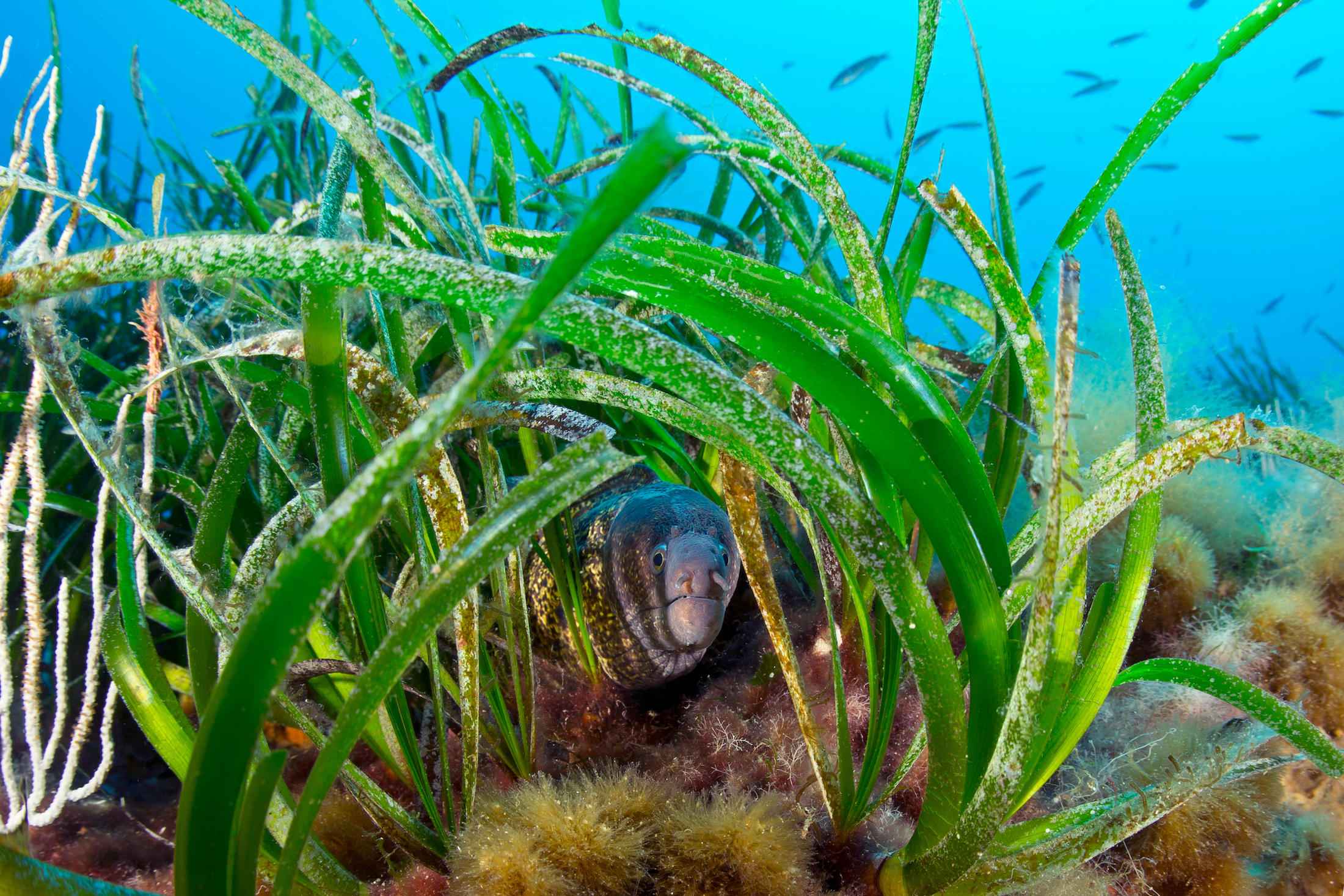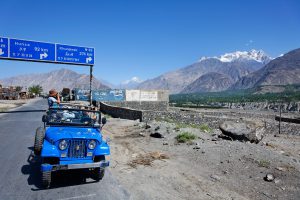Although the Covid-19 pandemic continues to dominate headlines and policy discussions, there is plenty more wrong with the world that needs our attention. Take biodiversity – just last year, the Intergovernmental Science-Policy Platform on Biodiversity and Ecosystem Services (IPBES) pointed out that the natural world was enduring an unprecedented decline, and species extinction rates were accelerating. Last week, the European Union unveiled a blueprint to address the biodiversity crisis.
Here are five key takeaways.
1. Restoring biodiversity will protect world health and finances
If there ever was a time that habitat and species loss could be put in a special interest “environment” box, then the coronavirus outbreak has put it firmly in the past. The EU report does not shy away from the damage that biodiversity loss wreaks on human health.
“Healthy and resilient societies depend on giving nature the space it needs. The recent COVID19 pandemic makes the need to protect and restore nature all the more urgent,” it says. “The risk of emergence and spread of infectious diseases increases as nature is destroyed.”
Campaigners have welcomed the approach. “The European Commission has shown it is ready to learn from the health crisis, proposing actions which can change our toxic relationship with nature to a healthy one,” says Ester Asin, Director at the WWF European Policy office.
Almost half of global GDP depends on nature and the services it provides.
The EU report also stresses the financial benefits of healthy ecosystems, pointing out that “almost half of global GDP depends on nature and the services it provides.”
The plan to address biodiversity loss is a key part of Europe’s so-called Green Deal: a roadmap announced late last year to use regulation and legislation to transform the continent to a low-carbon economy.
“The European Green Deal must become the cornerstone of Europe’s pandemic recovery,” says Frans Timmermans, executive vice-president for the European Green Deal at the European Commission.
2. Europe continues to make ambitious plans
Europe has long styled itself as a world leader on environmental issues, from tackling climate change to addressing pollution and overfishing. And its latest statements on biodiversity show it wants that to continue.
The EU is ready to show ambition to reverse biodiversity loss [and to] lead the world by example and by action, its new report claims.
“Nature cannot afford any half measures or lack of ambition. In this spirit, the EU is ready to lead all efforts – working with like-minded partners in a high ambition coalition on biodiversity.”
There are aspirations, goals and targets. The continent, for example, wants to build a “Trans European Nature Network” by legally protecting and linking some 30% of its land and sea area. And it aims to plant 3 billion trees.
Such positive thinking and enthusiasm can be infectious. Monica Verbeek, executive director of Seas At Risk, says: “The level of ambition displayed in the biodiversity strategy is very promising and has the potential to support the recovery of seas and ocean by 2030.”
But as Marianne Kleiberg, regional managing director for Europe at The Nature Conservancy, puts it: “Within the EU, protection for nature has been incomplete; restoration efforts small-scale; and the implementation and enforcement of legislation insufficient. The Nature Conservancy hopes that the new EU Biodiversity Strategy, which is now awaiting ratification by Member States, will accelerate the reversal of this worrying trend.”
3. The plan highlights some important issues
The “alarming decline” of farmland birds and insects, particularly pollinators, must be reversed, the European Commission’s report says. It promises “actions to reduce by 50% the use of – and risk from – chemical pesticides by 2030 and reduce by 50% the use of more hazardous pesticides by 2030.” It wants 25% of agricultural land to use organic farming techniques by the same date.
It also proposes other concrete steps, for example restoring degraded ecosystems using a system of binding targets to force countries to save seagrass meadows, wetlands, peatlands, bogs and marshes, as well as semi-natural grassland and old growth and primary forests.
Alice Belin, Seas At Risk senior marine policy officer, says, “The targets in the Strategy to protect and restore the ocean are a very good start for rebuilding a resilient ocean. Member States play a major role here, as they will need to turn the targets into concrete protection measures in their national waters.”
4. Things need to change to make this all happen
The devil as always will be in the detail – and how much of the ambition and grand plan gets converted into workable policies, laws and actions in the face of what could be strong resistance from lobbyists, developers and special interest groups.
The Commission acknowledges that it doesn’t yet have control of all the levers it needs to make its plan a reality. And in some cases the right levers don’t yet exist – on restoring degraded habitats for instance: “Significant implementation and regulatory gaps hinder progress,” it points out.
As it stands, no EU legislation gives nations comprehensive, strategic biodiversity restoration plans, with clearly verifiable targets and binding timelines to achieve favourable conservation status of habitats and species. There is no definition and criteria to determine what sustainable use of ecosystems and ecosystem restoration mean, and no requirement to map, monitor and assess ecosystem services, ecosystem health and ecosystem restoration efforts.
5. But it’s a promising start
European nations must now haggle over, modify and – hopefully – ratify a version of the strategy that retains the ambition and comprehensive scale. That strategy, as well as being used as a blueprint for the continent’s own efforts to protect and preserve biodiversity, would then provide the platform for Europe’s efforts to convince other countries and regions elsewhere in the world to make similar commitments and take similar actions of their own.
Those negotiations will take place through the UN’s Convention on Biological Diversity (CBD), which aims to broker and get the world to agree and sign off a new ten-year biodiversity plan. It will outline what countries need to do, individually and collectively, in the next decade and beyond, to set humanity on course for achieving the CBD’s overall vision of “living in harmony with nature” by 2050. The next meeting in the series was scheduled to be held in October in Kunming, China, but looks likely to be postponed.









